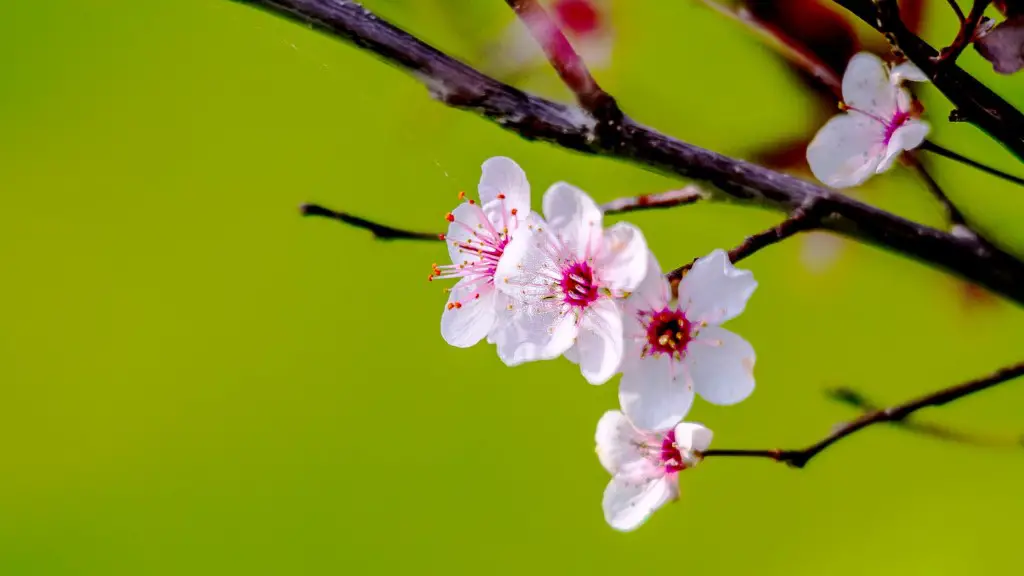If you plan to plant a lemon tree, one of the most important decisions you will make is identifying the ideal location. Outdoor lemon tree varieties that grow to full maturity need full sun and well-draining soil. Lemon trees grown indoors do not need full sun and have different soil requirements. Here are a few factors for you to consider before digging in your soil for lemon tree planting.
First, know the size of the lemon tree at maturity and make sure you have enough space. Lemon trees can range anywhere from 3 to 20 feet tall and 4 to 15 feet wide when they reach full maturity. A 12 foot lemon tree can cast a shadow of 18-20 feet. Therefore, check the sun exposure your future tree will receive, which should be at least 6 hours of full sun a day. Citrus trees grown indoors need less sun exposure, with 4-6 hours of direct sun per day being sufficient.
Next, if you are planting your lemon tree outdoors, make sure to choose a spot with well-drained, rich soil. Adding organic matter like compost or peat can boost soil fertility and improve drainage. Lemon trees need the soil to be slightly acidic, with a pH level between 6.5 and 7.0. Soil test kits are available to measure the pH level. If your soil is too alkaline, adding a quarter cup of wettable sulfur around the tree’s roots — about a foot out from the trunk — will acidify the soil.
Thirdly, keep in mind the temperatures of your selected location. Lemons will not tolerate cold weather or temperatures below 16-17°C. If you live in a colder climate, it’s ideal to purchase a tree that is suited for your climate. If you’re planting a lemon tree in a pot, you can move it indoors or in a sheltered spot when temperatures drop.
Fourthly, think about air circulation. Bad air circulation can lead to disease, pests, and fungi and air movement can sometimes prevent frost damage. Therefore, it’s important to avoid planting near buildings, walls, fences, or other kinds of obstruction that may limit airflow.
Additionally, consider water availability. When grown in pots and containers, lemon trees need daily watering as soil tends to be dry. Make sure you have easy access to water, whether it’s a hose to the backyard or a public tap. Irrigation systems may be an investment, but it’s the best way to guarantee enough water for your lemon tree.
Finally, consider the future. Place your tree where it won’t be disturbed in the future and can grow freely. Building or construction near the tree can harm its health due to decreased access to sun, oxygen, and water.
Growing Conditions in Containers
Mature lemon trees require more space, but those grown in containers have the advantage of being able to be moved indoors. Whether growing in containers or ground, it is essential to provide the tree with good drainage, sun exposure, and air ventilation to ensure the tree’s health.
When planting a lemon tree in a container, be mindful of the size of the container. Pick a pot that’s is at least two feet wider and two feet taller than the root ball of the maxed-sized tree. If the tree is still small, use a container that is big enough to accommodate three years of growth. Larger containers with multiple drainage holes retain water longer, allowing you to water less often.
To allow the necessary air, moisture, and soil-nutrient exchange, the container needs to have quality soil and must be filled with a planting mix. When choosing a soil, look for one that is soil-based. Most potting soils contain peat moss, which is poor in nutrients and drains too quickly for lemon trees.
Aside from that, don’t forget to adjust the pH of the soil. Since lemon trees prefer slightly acidic soil, use sulfur-based soil additives to make the soil more acidic before planting. For proper air circulation and soil drainage, add some coarse material like perlite and sand.
Furthermore, provide adequate water for the plant. Make sure soil stays moist at all times but be careful not over-water. Too little water may cause leaves to yellow and flowers to fall off. Too much water, on the other hand, can cause root-rot, which may lead to leaves wilting and a weakened growth.
Moreover, relocate or move the pot or container indoors or outdoors depending on the temperature. Lemon trees are tropical plants and are sensitive to temperatures below 17°C. To give the tree the best growth in winter, move it indoors in a warm and sunny spot.
Growing Conditions in the Ground
When transferring a lemon tree from a pot to the ground, start by preparing a planting hole that’s at least twice the size of the root ball. To ensure optimal drainage and prevent any soil compaction, consider adding a bit of peat, compost, and/or manure to the bottom of the planting hole.
Be sure to loosen the roots of the lemon tree before transplanting them into the hole. This will make it easier for the roots to spread out and access moisture and nutrients in the soil. As soon as you’re done planting the lemon tree, create a water well around the trunk for it to take in the nutrients.
When planting your lemon tree in the ground, be sure to consider the soil around the tree. The soil must be loose and not compact. If the soil is water-logged or poor in oxygen, deplete the area by adding organic materials such as compost or mulch, as this will help the soil absorb air and water. Additionally, consider fertilizing your soil with organic products like pelletized chicken manure. This will add more nutrients for the Tree to consume.
Whenever the soil feels dry, water the plant to keep it hydrated. However during winter months, water less often as trees become dormant and require less water. Prune your lemon tree annually or bi-annually to contain its growth and maintain a good shape. And remember, lemon trees can bear fruits within two to four years, depending on the variety of tree.
Exposure
Lemon trees need as much sun exposure as possible. The best locations are south-facing, where the sun shines all day long. If this is not available, then direct or indirect morning light or afternoon sun is enough. If the tree is in a pot, move it to sunny and shady spots throughout the day.
When exposed to full sun for more than five hours, the lemon tree may become over exposed. Make sure to provide some shade using sheer curtains, especially if the tree is still young as young lemon trees are more susceptible to sunburn due to their delicate foliage. During winter, the tree will need less sun exposure, as it will be dormant.
A great way to ensure that your lemon tree is getting enough nutrients is to feed it regularly. In late winter and early spring, you can top-dress the soil with a layer of the fertilizers containing nitrogen. During the summer, fertilize your lemon tree every two months with a balanced liquid fertilizer.
Proper feeding and watering will ensure your lemon tree grows healthy and strong. Pruning is also important, as it will help the tree grow correctly and help to protect it against disease and pests. Prune your lemon tree at the end of winter and encourage new growth to appear.
Pests and Diseases
Unfortunately, lemon trees may succumb to a variety of pests, such as aphids, scale, and thrips. To prevent them from attacking your tree, rake the soil around the tree and remove any decaying leaves or fruits, as these are the perfect spots for them to feed. Use a soap and water solution to spray the tree to get rid of pests.
Also, be mindful of fungal diseases like anthracnose and canker, which can severely damage the foliage and fruit and eventually cause the death of the tree. These can be avoided by paying close attention and protecting the tree from different kinds of stresses. Irrigate the soil to replace lost moisture and avoid overwatering to reduce humidity.
As an extra precaution, apply copper-containing fungicide when conditions are wet and humid or when it rains frequently. This can help prevent fungal diseases. Lastly, keep the ground free of debris and fallen leaves and fruits. These are the ideal spots for diseases and pests to grow and spread.
Maintenance
Caring for a lemon tree involves regular maintenance of the tree, soil, and environment. During growing seasons, water the tree regularly, especially if you live in hot and dry climate. Make sure the soil is well-drained and moist. Mulch the tree in late winter and early spring to keep the soil moist and protect it from the cold. And lastly, monitor and treat disease and pests before they spread.
For optimal growth and fruit production, prune the lemon tree twice a year. This promotes air circulation, an important factor for the health of the tree. Whenever you prune the tree, use only sterilized pruning shears and cutting tools to avoid transmitting diseases. Cut away dead branches, spindly growths, and crossed branches.
And during winter, relocate the tree indoors if needed. For best results, the ideal temperature should be around 16°C. Above all, make sure that the lemon tree is getting enough sunlight even during the winter months. This is important to ensure the tree continues to grow healthy.
Finally, keep an eye out for signs of nutrient deficiencies. These can be easily identified by yellow-grey spots on the leaves and stems. To prevent these deficiencies, fertilize the tree periodically with organic fertilizers, such as animal manure or compost, to keep the soil nutrient-rich.




